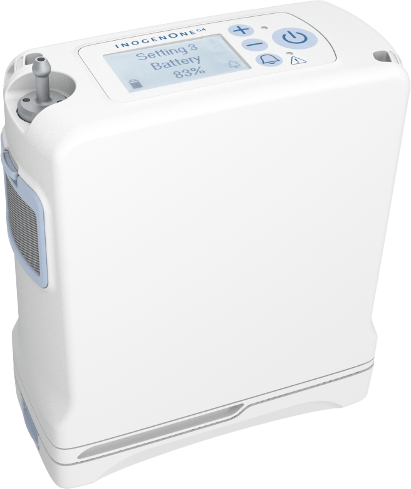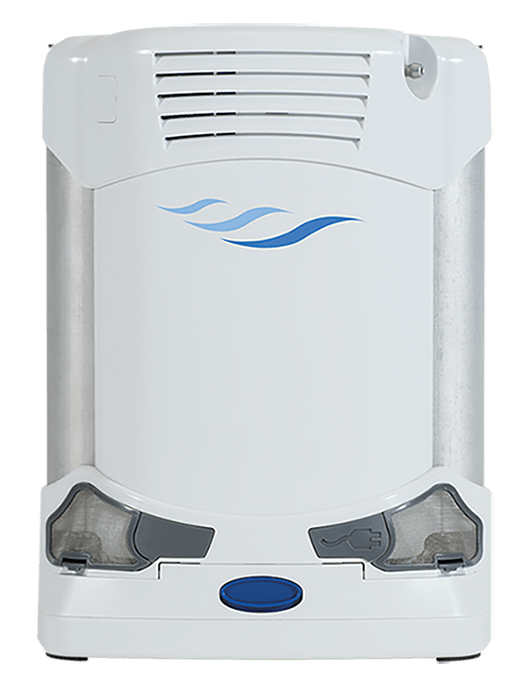
Each year, the federal government holds a Medicare open enrollment period, during which enrollees can make changes to their Medicare plans. This period runs from October 15 through December 7 and allows individuals to adjust their policy to better suit their needs. It’s important to prepare for this time to ensure you have health care coverage that meets your needs and budget. We’ll explain the Medicare open enrollment period and give you a step-by-step process for making sure you have the most appropriate coverage at the best possible price.
What is the Medicare open enrollment period?
The Medicare open enrollment period is a window during which Medicare beneficiaries can make changes to their plans. This period ensures that all members have an equal opportunity to get the coverage they want for the upcoming year. It runs from October 15 to December 7 each year. Any changes you make won’t be effective until January.
Here are your options during the open enrollment period:
- Change from original Medicare to a Medicare Advantage plan or vice versa.
- Purchase, drop, or change your Medicare Advantage plan.
- Purchase, drop, or change to a different Medicare drug plan (for those in original Medicare).
- Change to a different health insurance plan (or switch HMO, PPO, HMO-POS, etc.).
- Change to a different insurance provider.
- Make no changes at all.
While you might be happy with your existing plan, be aware that your plan’s coverage or premium may change from one year to the next. Reviewing your options and making any necessary changes during the Medicare open enrollment period is worthwhile, as you can’t make changes after December 7.
Now, let’s look at the steps you can take to prepare for the Medicare open enrollment period.
Prepare for the Medicare open enrollment period in 7 steps
We’ve come up with some specific steps you can take before or during the Medicare open enrollment period to keep you on track.
1. Take note of the Medicare open enrollment period dates
Put the open enrollment dates (October 15 to December 7) on your calendar to avoid missing this important window. If you use an electronic calendar, you can set an annual automatic reminder on a specific date to alert you that open enrollment is coming.
2. Gather documents
Gather the following documents so you have everything in order for the Medicare open enrollment period:
- Medicare ID.
- Social Security information.
- Current list of your health care providers (including vision, hearing, and dental, if needed).
- Current list of prescriptions.
The last two items are important because your current plan may change its list of in-network doctors and covered prescription drugs. A list of your current physicians and prescription medications will help you compare plans and make decisions. This information will be useful in the steps that follow.
3. Review your annual notice of change (ANOC)
Medicare members who have either Medicare Advantage or Part D prescription coverage will receive an annual notice of change (ANOC) every year as a report of upcoming changes to the current plan. Reviewing the ANOC is important because your coverage and premium could change even if you don’t switch plans.
The ANOC will explain any changes in your plan that will become effective as of January 1 (note that Medigap members will not receive this notice).
Look for the following types of changes on your ANOC:
- Changes in premiums.
- Changes in deductibles, copays, and coinsurance.
- Changes in prescription drug coverage.
- Changes in provider networks.
- Changes in the plan’s service area.
If you don’t receive the ANOC by the beginning of October, contact your plan and ask for it. Also, confirm the insurer has your correct mailing address.
4. Assess your health needs
Your health may have improved or worsened over the past year. By assessing your needs, you can determine whether choosing a different plan during Medicare open enrollment better reflects your budget and medical needs.
Here are some things to consider when projecting your health needs for the coming year:
- Will you need hearing aids?
- Will you need glasses or contacts?
- Do you anticipate needing dental work?
- Are you interested in fitness products, programs, or services?
Think carefully about your health needs over the past year and any recommendations your doctors or dentist have made for future treatments. Note that these needs are not covered under original Medicare. Medicare Advantage plans may cover some of these services, but plans vary. Check with the insurance provider to ensure their plan covers your needs.
5. Consider your upcoming travel plans
You may not have health coverage under Medicare in certain locations, depending on your plan and destination. Original Medicare beneficiaries are covered in all 50 states, the Virgin Islands, Puerto Rico, and all other United States territories. Medicare will also pay for medical services provided on a cruise ship as long as the vessel is sailing in the United States territorial waters. In most cases, Medicare won’t pay for medical services outside the United States, but there are a few exceptions for emergencies. A Medigap plan may help cover some medical care costs within the United States or while traveling internationally.
Medicare Advantage plans vary in the locations they cover inside and outside the United States. Often, they cover a limited service area, so you should verify your coverage even while traveling within the U.S.
Overall, if you plan to travel in the coming year, check your current health plan and explore other options during Medicare open enrollment that may cover medical emergencies in every place you plan to travel.
6. Schedule an appointment with a Medicare expert
Due to the complexity of the Medicare rules, a Medicare expert can be a great resource to help you understand your options. Here are some helpful resources for getting assistance:
- A health insurance agent or broker.
- Your State Health Insurance Assistance Program (SHIP).
- The National Council on Aging.
- The Medicare Support Hotline.
- The Medicare Rights Center.
Write down all your questions and concerns and call or schedule an appointment with an expert. You should leave the conversation feeling confident about making a choice.
7. Compare health plans and enroll
The main decision to make during the Medicare open enrollment period is to determine whether original Medicare or Medicare Advantage will best meet your health needs and budget. Compare plans and enroll to get the best plan in place before open enrollment ends.
The Medicare plan finder is a good place to start. You can narrow down a few choices of plans based on your own research or a Medicare expert’s recommendations. Compare the various types of plans, such as HMO, PPO, PFFS, or SNP. Consider the coverage, premium, copays, and coinsurance. Also, make sure your preferred plan covers your regular prescriptions.
Once you’ve made a final decision, disenroll from your current plan and enroll in your chosen plan. Be sure to take both steps during the open enrollment period to avoid a coverage gap. Alternatively, you can call 1-800-MEDICARE (1-800-633-4227) to make enrollment changes.
You don’t need to do anything if you want to keep your current plan.
Choosing the best plan during Medicare open enrollment to meet your future needs
Your health should be a priority. It pays to be proactive in getting the right plan during the Medicare open enrollment period. The steps we’ve outlined give you a plan to get the most appropriate coverage while helping you avoid costly mistakes. Don’t hesitate to reach out to experts for help. They are available to answer your questions and clarify things you don’t understand.








